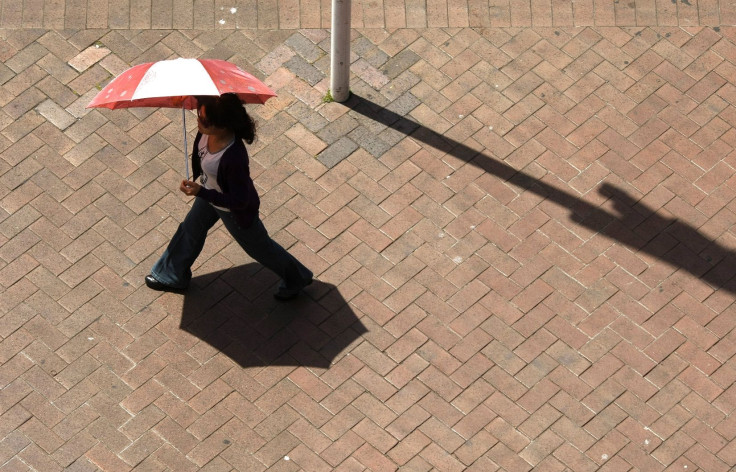NSW Heatwave: Temperatures touch 46 degrees, scorching conditions persist

Northwest New South Wales experienced temperatures of scorching 46 degrees yesterday. There is little respite in the subsequent days as higher maximums are likely to affect the state on Friday.
A maximum of 46 degrees was experienced in Bourke shortly before 3PM. Parts of western Sydney sweltered with temperatures reaching more than 40 degrees.
Accoridng to AAP (via the Herald Sun), Bankstown, Campbelltown and Homebush experienced temperatures over 40 degrees.
Increasing levels of ozone gas in the atmosphere have affected people suffering from respiratory conditions and disorders. They have been advised to take care over the next few days.
According to Centre for Disease Control and Prevention, one's eyes and respiratory system can be adversely affected by an excessive exposure to ozone. It can also lead to pulmonary edema and chronic respiratory disease. Almost 11 percent of the Australian population suffers from asthma, according to the Australian Institute of Health and Welfare.
The concern over heatwaves was also expressed by Thomas Loridan, lead scientist at research company Risk Frontiers. Speaking with News.com.au in December, he said, “It’s not only the biggest killer, but actually kills more people than all the other events put together.”
The temperatures are expected to decline today, with a possibility of thunderstorms in areas affected by the scorching heat, the Bureau of Meteorology said. On Friday, mercury levels will likely increase again.
Heat speed restrictions were issued by Sydney Trains for Sydney's North, Central and Southwest regions. The speed on all lines was reduced to 90 kilometres per hour, according to Railpage. A spokesman from Sydney Trains said the restrictions were normally put in place when mercury levels went beyond 39 degrees. However, he added, "Extreme heat speed restrictions have historically had very little impact on the punctuality of train services."
A fire ban was also imposed on the Greater Sydney, Greater Hunter and Central Ranges by the Rural Fire Service. A spokesman from the fire service noted that low levels of humidity and high winds have caused vegetation to dry out.
According to Environmental Science & Policy, more than 5,300 people have died in Australia between the years of 1844 to 2010 as a result of extreme heat events. Dehydration, hyperthermia and heat stroke are the leading causes of death.






